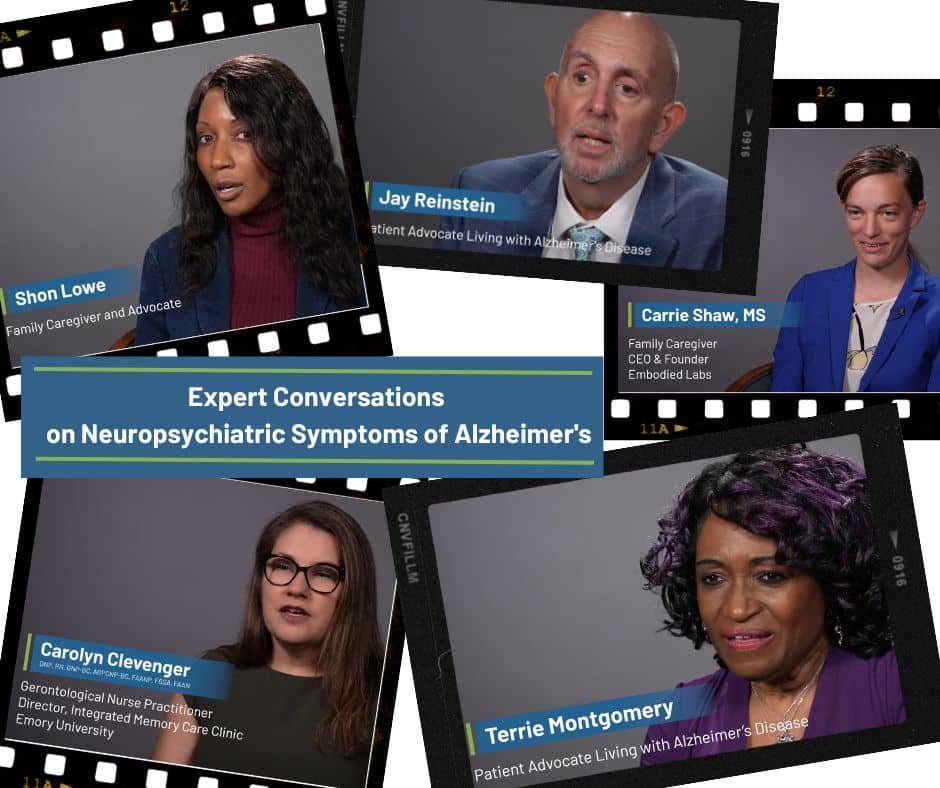
Sometime after our 40th birthdays, most of us will get a wake-up call about our vision. For many, it announces itself in the form of mild headaches and having to move reading material a bit farther away to make out the fine print. The common name for this condition is, of course, farsightedness. The medical name is presbyopia. Either way, it means that the loss of flexibility that we are experiencing in other parts of our body is also impacting our vision. When we are young, the lens in each eye can move nimbly to bring things into focus. As we age, that lens loses flexibility and can’t move quite so quickly to focus on close-up images.
If I am starting to sound like a medical professional, that of course is not the case. But one of my many benefits of being associated with the Alliance for Aging Research has been learning about the variety of conditions we may encounter as we age. A recent Harris Poll found that while more than four in five Americans think they are knowledgeable about eye and vision health, less than one in five can correctly identify the three main causes of blindness in the U.S. Until recently, I was certainly one of the more than 80 percent who was overconfident about what I might face as I age. While presbyopia may alert us to the vulnerability of our eyes as we age, few of us are aware of other risks and the steps we need to protect our vision.
The three main causes of blindness in the United States are, in fact, glaucoma, age-related macular degeneration, and diabetic eye disease. All of these conditions, as well as cataracts, are exacerbated by age. Just as important, the impact of all of these conditions can be greatly lessened by rigorous monitoring and treatment.
Vision loss can have far-reaching effects on an individual beyond functional limitations, including dependency, depression, and risk of death. Limited vision can greatly increase the risk of falling which is the leading cause of injury for seniors.
The Alliance is working on your behalf to improve the experience of aging and health. Our website contains a wealth of information about your vision as you age, and how you can protect it and slow the progress of vision-related disease. We’re your guide to the experience of aging, and we want to be your partner in preserving your eye health.
As the American Optometric Association’s Save Your Vision Month comes to a close, check out our recently updated brochure, “Taking a Closer Look at Age-Related Macular Degeneration” to learn more.




